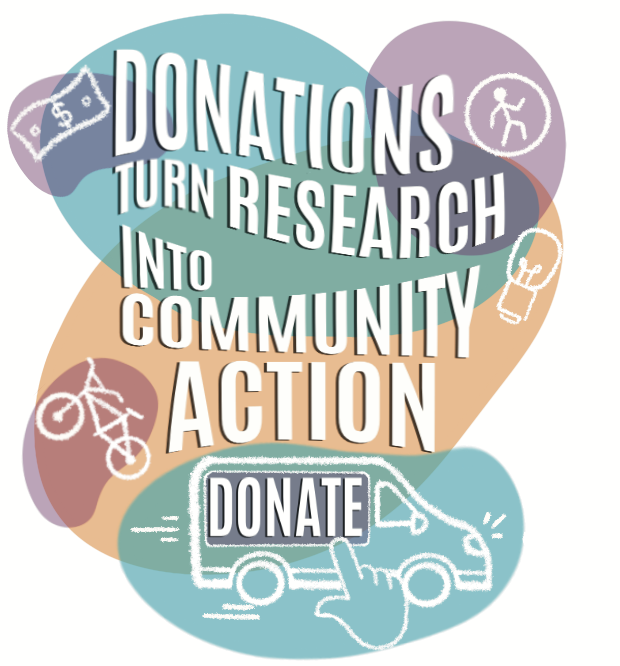The 100 Deadliest Days of Summer reminds us how much work remains to reduce road crashes despite data showing some progress. Global and national events in recent years have demonstrated how easily hard-won gains can be lost. This erosion of progress revealed in fatal crashes and self-reported trends in risky behaviours underscores it’s critical to remain vigilant, focused and strategic in our efforts to turn the tide, particularly during this period when teen crash fatalities historically spike.
In the past 8 years, trend data has suggested the progress achieved reducing young driver crashes may not be sustained as teens become young adults. Driver education and graduated driver licensing programs protect teens from high-risk conditions. But as they age and restrictions fall away, it’s important to ask whether risks remain low. Young drivers aged 16-24 years represent 11% of the population but 15% of fatal crashes, with the majority involving drivers aged 20 to 24. In fact, this older cohort is of increasing concern because at ages 20 to 24, seatbelt remains lowers than that of adults, and increased involvement in impairment- and speed-related fatal crashes begins.
A 2024 survey of 1,200 teen drivers conducted by TIRF USA in partnership with the National Distracted Driving Coalition revealed that risky behaviours can begin early in the learning process, at least among a subset of young drivers. It may be that some teens perceive just a few years of driving experience as enough, making them over-confident while skills are still developing. Or it may be that at least some teens simply learn to moderate their risk-taking until they age out of young driver programs and restrictions are removed. Finally, it may be that, at least for some, risk-taking exists at a young age and simply never goes away. Although we don’t yet fully understand the reasons, it does signal a clear message that our work is not done. Road safety education should not begin and end with a driver’s licence. It must start earlier and continue to evolve over time.

Warmest regards,
Robyn Robertson
TIRF President & CEO
To access the full TIRF Spring 2025 Bulletin Volume 27, Issue 2, visit: https://tirf.ca/bulletins

